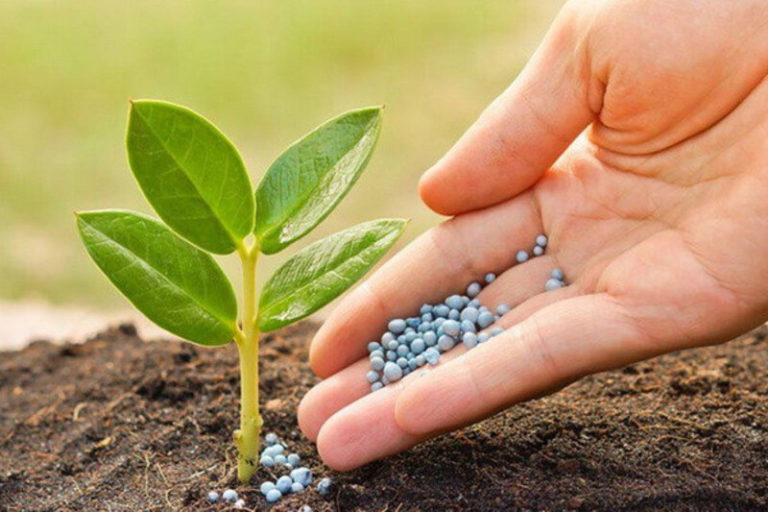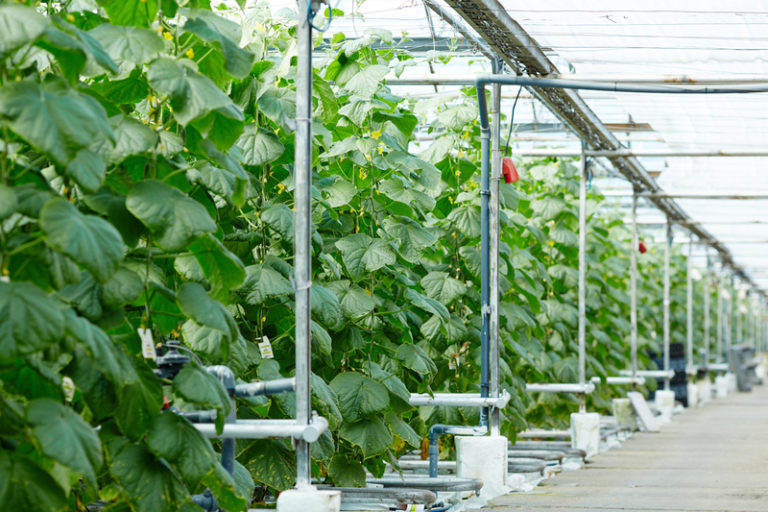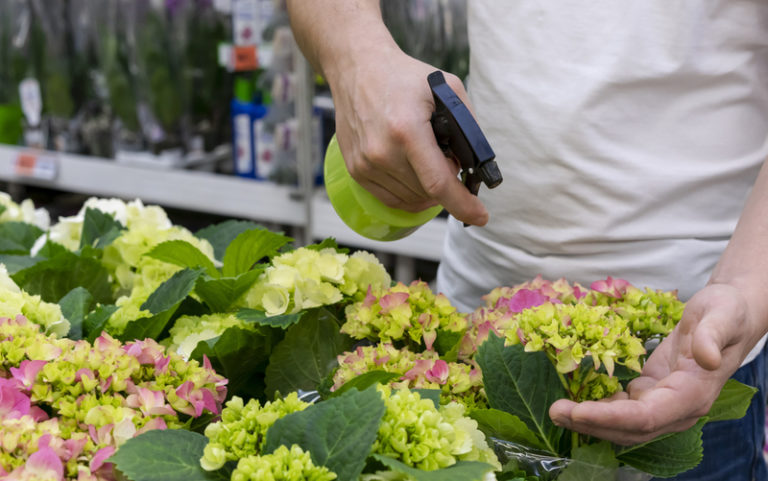Plant Breeding: Improving Crops for a Better Future
Plant breeding is the process of creating new plant varieties that possess desirable traits, such as high yield, disease resistance, and improved quality. The goal of plant breeding is to improve crops to meet the demands of a growing population and develop more sustainable agricultural practices.
Types of Plant Breeding
There are three main types of plant breeding: traditional breeding, biotechnology-assisted breeding, and genetic engineering.
A. Traditional Breeding:
In traditional breeding, plants with desirable traits are chosen and then crossed to make more plants with those traits. For example, if a farmer wants to breed wheat with a high yield, they might choose wheat plants that already have a high yield and cross them to make offspring with the trait they want. This is done over and over for many generations until the offspring have the trait that is wanted.
B. Biotechnology-assisted breeding:
Biotechnology-assisted breeding uses tools like DNA markers to find traits that are good and to speed up the breeding process. Plant breeders can find and choose plants with desirable traits more quickly and accurately with the help of biotechnology. This process has led to the development of many new plant varieties that are more resistant to disease and pests.
C. Genetic engineering:
In genetic engineering, genes from one plant are put into the DNA of another plant to give it a certain trait. This type of plant breeding is controversial because it involves manipulating the plant’s DNA in a way that is not possible with traditional breeding methods. However, genetic engineering has led to the development of many new plant varieties that are more resistant to disease and pests and have other desirable traits, such as a higher yield and improved nutrient content.
Techniques Used in Plant Breeding:
There are four main ways to breed plants: selection, hybridization, breeding for mutations, and changing the genes.
Selection:
Selection is the process of finding plants with good qualities and breeding them to make more plants with those qualities. This can be done through visual inspection or through more precise measurements of traits such as yield, disease resistance, or nutrient content.
Hybridization:
Hybridization is when two plants with good qualities are crossed to make offspring with a mix of those qualities. This can be done through natural pollination or through controlled pollination techniques, such as hand pollination or the use of specialized equipment like pollen injectors.
Mutation breeding:
In mutation breeding, plants are exposed to radiation or chemicals to cause genetic changes that may lead to traits that are desirable. Plants with the desired mutations are then selected for breeding.
Genetic modification:
Genetic modification involves directly manipulating the plant’s DNA to introduce or remove specific traits. This can be done through techniques such as CRISPR-Cas9 gene editing, RNA interference, or other biotechnology tools.
Each of these methods has its own pros and cons, and plant breeders often use more than one to get the results they want. For instance, hybridization can be used to combine desirable traits from two different species of plants, while genetic modification can be used to give a plant a trait that it doesn’t have naturally.
Benefits of Plant Breeding:
Here are some benefits of plant breeding:
1. Increased crop yield
One of the main goals of plant breeding is to create varieties of crops that produce more food. Plant breeders can increase crop yields and make sure there is enough food for everyone by choosing and making plants with desirable traits, like being resistant to disease, being able to survive in dry conditions, and having more nutrients.
2. Improved quality of crops
Plant breeding can also be used to improve the quality of crops by, for example, enhancing their flavor, texture, and appearance. This can lead to greater consumer demand for these crops, which can in turn lead to increased profitability for farmers.
3. Disease and pest resistance
Plant breeders can create crop varieties that are resistant to common diseases and pests. This cuts down on the need for pesticides and makes farming more sustainable.
4. Adaptation to changing environmental conditions
As global weather patterns continue to change because of climate change, plant breeders are working to create crop varieties that can adapt to these new conditions. For example, drought-resistant crops can be made so that they can survive when it doesn’t rain, and heat-tolerant crops can be made so that they can grow well in hotter climates.
5. Reduced use of pesticides and fertilizers
Plant breeders can help reduce the use of pesticides and fertilizers that are bad for the environment and people’s health by making crop varieties that are resistant to common pests and diseases.
Overall, plant breeding offers numerous benefits for farmers, consumers, and the environment and plays a vital role in improving the sustainability and productivity of global agriculture.
Challenges and Limitations of Plant Breeding:
Despite its many benefits, plant breeding has some challenges and limitations. Some challenges and limitations of plant breeding:
Time-consuming and expensive
Using traditional methods to breed new plant varieties can take a long time and cost a lot of money. It can take years, or even decades, to develop a new variety that exhibits the desired traits. The use of biotechnology-assisted plant breeding techniques, such as genetic modification, can speed up this process but can also be expensive due to the need for specialized equipment and expertise.
limited genetic diversity
Many modern crop varieties have been developed from a relatively narrow genetic pool, leading to concerns about reduced genetic diversity and increased susceptibility to disease and other threats. Efforts are underway to increase the genetic diversity of crops through seed banks and other initiatives, but this remains a challenge for plant breeders.
Ethical and social issues related to genetic modification
Genetic modification is a controversial issue, with some critics arguing that it poses unknown risks to human health and the environment. There are also concerns about the potential impact of genetically modified crops on small-scale farmers and traditional agricultural practices.
Regulatory issues related to biotechnology-assisted plant breeding
Regulatory frameworks for biotechnology-assisted plant breeding vary widely between countries and can be complex and time-consuming to navigate. This can make it difficult for plant breeders to bring new varieties to market, especially if they have been developed using genetic modification or other advanced techniques.
Overall, while plant breeding offers numerous benefits, it also faces significant challenges and limitations that must be addressed in order to ensure its continued success and sustainability.
The Future of Plant Breeding:
The future of plant breeding looks bright. Here are some potential developments in the future of plant breeding:
1. Emerging technologies in plant breeding
Advances in biotechnology and genetic engineering are opening up new possibilities for plant breeders. For example, gene editing techniques like CRISPR-Cas9 offer precise control over genetic traits, allowing for the development of new crop varieties that exhibit specific desirable traits.
2. Potential impact of plant breeding on global food security
As the global population continues to grow, there will be an increasing demand for food production. Plant breeding will play a vital role in meeting this demand by developing crop varieties that are more productive, resilient, and adaptable to changing environmental conditions.
3. Need for sustainable plant breeding practices
As concerns about climate change and the long-term health of the environment continue to grow, there will be a bigger push to find ways to breed plants that are good for the environment and provide long-term food security.
4. Use of big data and artificial intelligence in plant breeding
Advances in big data and artificial intelligence are already being used in agriculture to improve crop yields and efficiency. In the future, plant breeders may be able to use these tools to look at large data sets and find new genetic traits that could be used to make new crop varieties.
Overall, the future of plant breeding is likely to be marked by constant innovation and the use of new technologies and methods to meet the challenges of food security and sustainability.
Conclusion
In conclusion, plant breeding is an important field that has the potential to improve the quality and yield of crops and help feed the world’s growing population. While there are some challenges and limitations to this field, continued research and innovation can lead to sustainable solutions that benefit both people and the planet.
FAQ:
Q. What is plant breeding?
Ans. Plant breeding is the process of making new types of plants with desirable traits like high yield, resistance to disease, and better quality. The main goal of plant breeding is to make crops better so they can meet the needs of a growing population and make farming more sustainable.
Q. What are the types of plant breeding?
Ans. There are three types of plant breeding: traditional breeding, biotechnology-assisted breeding, and genetic engineering.
Q. What are the techniques used in plant breeding?
Ans. There are four main techniques used in plant breeding: selection, hybridization, mutation breeding, and genetic modification.
Q. What are the benefits of plant breeding?
Ans. Plant breeding offers numerous benefits for farmers, consumers, and the environment, including increased crop yield, improved quality of crops, disease and pest resistance, adaptation to changing environmental conditions, and reduced use of pesticides and fertilizers.
Q. What are the challenges and limitations of plant breeding?
Plant breeding has some challenges and limitations, such as being a time-consuming and expensive process, limited genetic diversity, ethical and social issues related to genetic modification, and regulatory issues related to biotechnology-assisted plant breeding.
Also Read:
Monoculture: Pros and Cons of a Single Crop Farming Practice







